Did you know that maritime transport handles over 80% of goods traded globally? But what ensures that these goods reach their destination smoothly? In international shipping, it’s not just about getting your products on a vessel; it’s about ensuring every document is in order. Among various paperwork, the Sea Freight Certificate emerges as a pivotal element. This document not only validates your shipment but also ensures compliance with both Indian and U.S. regulations.
Are you also facing challenges with customs clearance, unexpected demurrage charges, or handling the complexities of international shipping documentation? You’re not alone. Many exporters encounter these hurdles, often due to incomplete or improperly managed paperwork.
This blog examines the fundamentals of the Sea Freight Certificate format, its importance, the components it encompasses, and the necessary documents required for its issuance.
TL;DR
- A Sea Freight Certificate confirms goods have been received for ocean shipment and outlines freight charges.
- It’s essential for customs clearance, financial transactions, proof of shipment, and compliance with Indian and U.S. regulations.
- Issued by ocean carriers, freight forwarders, or customs brokers after cargo is booked and documentation is submitted.
- Key components include shipper/consignee details, Bill of Lading number, freight charges, vessel info, and customs details.
- To obtain it, prepare documents like the Bill of Lading, Commercial Invoice, Packing List, Certificate of Origin, and Insurance Certificate.
- Steps to obtain it include booking a shipment, submitting documents, freight forwarder coordinates with carrier, and receiving the certificate.
- Use the certificate for customs clearance in both India and the USA.
What Is a Sea Freight Certificate?
A Sea Freight Certificate is an official document issued by the carrier or freight forwarder, confirming the receipt of goods for shipment and detailing the associated freight charges.
It serves as a tangible acknowledgment that your cargo has been accepted for transport and outlines the financial aspects of the shipping arrangement. This certificate is integral to the shipping process, ensuring that all parties involved have a clear understanding of the terms and conditions of the shipment.
Who Will Provide a Sea Freight Certificate?
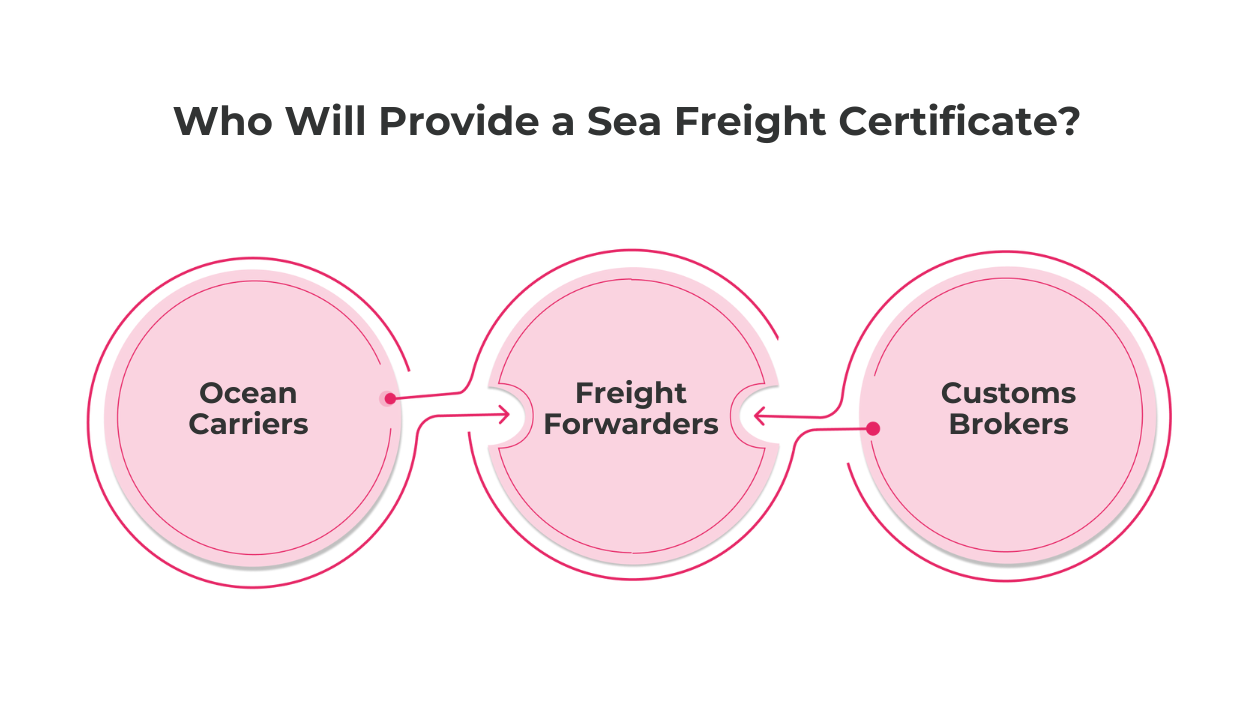
When shipping goods from India to the USA, obtaining a Sea Freight Certificate is essential for smooth transit and compliance. Here’s who can provide it:
- Ocean Carriers (Shipping Lines): Shipping lines issue the certificate after receiving your cargo, including details like Bill of Lading, container number, and ports for customs clearance.
- Freight Forwarders: They handle obtaining the Sea Freight Certificate on your behalf, managing all necessary documentation, and saving you time.
- Customs Brokers: Customs brokers may assist in obtaining the Sea Freight Certificate by coordinating with your carrier or freight forwarder during customs clearance.
Now that we’ve covered what a Sea Freight Certificate is, let’s explore why it’s essential for your shipping process.
Confused about the requirements for Sea Freight Certificates?
Contact Intoglo now!Also Read: Differences Between Shipping Line and Freight Forwarder Explored
Why Do You Need a Sea Freight Certificate?
When you’re shipping goods from India to the USA, the Sea Freight Certificate is more than just a piece of paper; it’s a vital document that ensures your shipment moves smoothly through the logistics process. The Sea Freight Certificate serves multiple critical functions in the shipping process:
1. Customs Clearance
Without a Sea Freight Certificate, your goods may face delays or even detention at customs. This document provides customs authorities with essential details about your shipment, facilitating quicker clearance at both Indian and U.S. ports. It’s your passport to getting your products into the U.S. market without unnecessary holdups.
With Intoglo’s AI-Powered HS Code Scanner, you can quickly and accurately classify your products to avoid issues at customs. By photographing your goods, you ensure that your shipment is compliant with both Indian export laws and U.S. import regulations, reducing the risk of delays.
2. Financial Transactions
The Sea Freight Certificate is often required when processing payments or reimbursements related to shipping costs. It serves as proof that the agreed-upon freight charges have been paid, ensuring that financial transactions proceed without complications.
3. Proof of Shipment
This certificate acts as formal evidence that your goods have been shipped as per the terms agreed upon. It can be crucial for resolving disputes, filing insurance claims, or providing documentation to stakeholders that the shipment is underway.
With Glotrack, Intoglo’s real-time tracking platform, you can monitor your shipment’s journey from pickup to delivery, ensuring transparency and timely updates.
4. Compliance
Adhering to international shipping regulations is non-negotiable. The Sea Freight Certificate helps ensure that your shipment complies with both Indian export laws and U.S. import regulations, reducing the risk of penalties or shipment rejection.
Understanding the purpose of the Sea Freight Certificate helps ensure that your goods are shipped efficiently from India to the US and in compliance with international trade regulations.
To ensure a smooth and efficient shipping process, it’s crucial to understand the key components that make up the Sea Freight Certificate.
What Does a Sea Freight Certificate Include?
A Sea Freight Certificate is a comprehensive document that encapsulates the entire journey of your goods across the ocean. Understanding its components ensures you have all the necessary information at your fingertips for smooth customs clearance and efficient logistics management. Here are the components in the Sea Freight Certificate format:
1. Shipper and Consignee Information
This section identifies the parties involved in the shipment:
- Shipper: Your company or the exporter initiating the shipment.
- Consignee: The recipient of the goods, often your customer or a designated warehouse in the USA.
2. Bill of Lading (B/L) Number
This unique identifier is crucial for tracking and referencing your shipment. It serves as a receipt for the cargo and a contract between you and the carrier, detailing the terms and conditions of the transport.
3. Freight Charges
A detailed breakdown of the shipping costs is included, covering aspects like ocean freight, terminal handling charges, and any additional fees. This transparency helps you understand the cost structure and manage your budget effectively.
4. Weight and Volume
The certificate lists the total weight and volume of your shipment, which are essential for customs declarations and calculating duties and taxes.
5. Vessel Information
Details about the ship carrying your goods, including its name and voyage number, are provided. This information can be useful for tracking the vessel’s progress and estimating arrival times.
6. Shipping Details
This encompasses information about the mode of transportation (in this case, ocean freight), the departure date, and the expected arrival time. It also includes the ports of loading and discharge, which are vital for tracking the shipment and coordinating logistics at both ends.
7. Date of Issue
The date when the certificate was issued is noted, marking the official commencement of the shipping process.
8. Customs Information
Details necessary for customs clearance, including the country of origin, are provided. This information is crucial for calculating duties and taxes, as well as ensuring compliance with import regulations in the destination country.
By familiarizing yourself with these components in the Sea Freight Certificate format, you can ensure that your Sea Freight Certificate is complete and accurate, paving the way for a hassle-free shipping experience.
Unsure about the details in your Sea Freight Certificate?
Contact Intoglo for assistance!To ensure you can obtain your Sea Freight Certificate, it’s essential to gather the necessary documents.
Documents Required to Obtain a Sea Freight Certificate
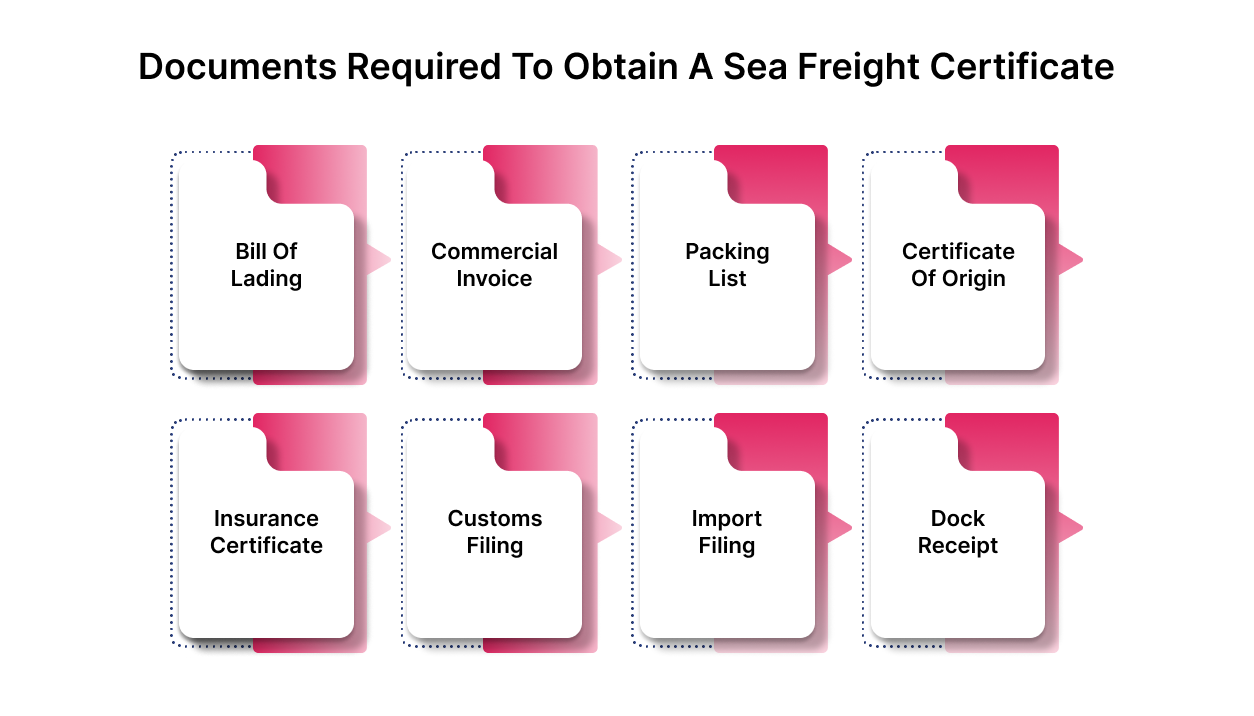
To obtain a Sea Freight Certificate, you’ll need to prepare and submit several key documents that confirm the details of your shipment and ensure compliance with international shipping regulations. Here’s what you’ll need:
1. Bill of Lading (B/L)
- What Is It: A Bill of Lading is a legal document issued by the carrier to the shipper, confirming the receipt of goods for shipment. It serves as a contract of carriage and a receipt for the goods. There are different types of Bills of Lading, such as Straight B/L and Order B/L, each serving specific purposes in the shipping process.
- How to Obtain It: Once your goods are loaded onto the vessel, the carrier will issue the Bill of Lading. You can obtain it directly from the shipping line or through your freight forwarder.
- Importance: The Bill of Lading is crucial as it acts as the legal document of title, allowing the holder to claim ownership of the cargo. It also serves as evidence of the carriage contract, detailing the responsibilities of the carrier with the parties involved in the transportation of the cargo.
2. Commercial Invoice
- What Is It: A Commercial Invoice is a detailed account of the transaction between the seller and the buyer. It includes information such as the description of the goods, their value, terms of sale, and payment terms. The commercial invoice is essential for customs clearance and calculating duties and taxes.
- How to Obtain It: The seller (exporter) prepares the Commercial Invoice at the time of shipment. It should be signed and dated by the seller and accompany the goods during transit.
- Importance: The Commercial Invoice serves as proof of sale and is the basis for the exporter’s customs declaration. It clearly describes the goods in a shipment and their value, assisting customs authorities in assessing duties and taxes.
3. Packing List
- What Is It: An itemized list of the contents of each package in your shipment. It includes details like the weight, dimensions, and packaging type of each item. The packing list assists customs authorities and freight forwarders in verifying the contents and ensuring proper handling.
- How to Obtain It: The shipper prepares the Packing List, detailing each package’s contents. It should be accurate and match the Commercial Invoice.
- Importance: A Packing List is essential for customs clearance, inventory management, and dispute resolution. It provides vital shipment information, facilitating the verification of goods and ensuring proper handling.
4. Certificate of Origin
- What Is It: This document certifies the country in which the goods were manufactured. It’s often required by customs authorities in the destination country to determine the applicable duties and to ensure compliance with trade agreements.
- How to Obtain It: The exporter applies for the Certificate of Origin through the relevant Chamber of Commerce or authorized body in the country of export. It may require endorsement from the chamber.
- Importance: The Certificate of Origin helps customs determine how much duty or tax needs to be paid. Different countries have trade agreements, and goods from certain places might get tax breaks.
5. Insurance Certificate
- What Is It: This certificate provides proof that your goods are insured against potential risks during transit, such as damage, theft, or loss. While not always mandatory, having insurance coverage is highly recommended to protect your shipment.
- How to Obtain It: You can obtain an Insurance Certificate by purchasing marine cargo insurance from an insurance provider. The certificate should detail the coverage, terms, and conditions.
- Importance: Having an Insurance Certificate ensures that your goods are protected against unforeseen circumstances during transit. It provides financial security and peace of mind for both the exporter and importer.
6. Export Customs Declaration
- What Is It: A declaration submitted to the customs authorities in your country, detailing the goods being exported. This document is necessary for export clearance and to comply with national export regulations.
- How to Obtain It: The exporter submits the Export Customs Declaration through the national customs portal or through a customs broker. It requires accurate details of the shipment, including HS codes and values.
- Importance: An Export Customs Declaration is essential to comply with national export regulations. It helps customs authorities control exports and compile statistical information about a country’s foreign trade.
7. Import Customs Declaration (for Destination Country)
- What Is It: While the importer typically handles this, it’s essential to be aware that customs authorities in the destination country will require a declaration detailing the goods being imported. This ensures compliance with local import regulations and facilitates the clearance process.
- How to Obtain It: The importer or their customs broker submits the Import Customs Declaration to the destination country’s customs authorities. It requires detailed information about the goods, including their value, origin, and classification.
- Importance: An Import Customs Declaration ensures that goods are properly taxed and the necessary paperwork is in order. It helps customs authorities assess duties and taxes and ensures compliance with import regulations.
8. Dock Receipt
- What Is It: Issued by the carrier or freight forwarder, the dock receipt acknowledges that the goods have been received at the port and are ready for shipment. It’s an important document for tracking and managing your shipment.
- How to Obtain It: The dock receipt is issued when the goods are delivered to the port or container freight station. You can obtain it from the carrier or freight forwarder handling your shipment.
- Importance: A Dock Receipt acts as proof that a shipment has been received by the carrier or dock operator in good condition at the dock or warehouse. It serves as a receipt for the shipper and a checkpoint document for the carrier or its agent before a bill of lading is issued.
By ensuring you have these documents prepared and accurately completed, you’ll facilitate a smoother process in obtaining your Sea Freight Certificate and ensure compliance with international shipping standards.
Missing essential documents for your Sea Freight Certificate?
Get Intoglo’s instant quote!To ensure that your Sea Freight Certificate is issued without any issues, it’s important to follow the right steps.
Steps to Obtain a Sea Freight Certificate
To obtain a Sea Freight Certificate, you must follow a clear process that ensures all required documents are submitted accurately. This involves coordinating with your freight forwarder and the carrier to confirm the details of your shipment.
Here are the key steps:
- Book Your Shipment: Initiate the process by booking your Full Container Load (FCL) shipment with a reliable freight forwarder.
- Prepare Required Documents: Gather essential documents such as the Commercial Invoice, Packing List, Certificate of Origin, and Insurance Certificate.
- Submit Documents to Freight Forwarder: Provide the prepared documents to your freight forwarder for review and processing.
- Freight Forwarder Coordinates with Carrier: Your freight forwarder will liaise with the shipping carrier to arrange the shipment and ensure all documentation is in order.
- Receive Sea Freight Certificate: Upon successful shipment, the carrier will issue the Sea Freight Certificate, confirming the receipt and details of your cargo.
- Utilize for Customs Clearance: Present the Sea Freight Certificate along with other required documents to customs authorities in both India and the USA to facilitate smooth clearance.
By following these steps, you can ensure that your Sea Freight Certificate is obtained efficiently, paving the way for a seamless shipping experience.
Overwhelmed by the complexities of the certification process?
Contact us for easy solutions!Also Read: Understanding Sea Freight Import & Shipping Process
Conclusion
The Sea Freight Certificate is a vital document for businesses exporting goods from India to the United States. It serves as proof of shipment, facilitates customs clearance, and ensures compliance with international regulations. Understanding the components of the Sea Freight Certificate format and the necessary steps to obtain it can help streamline your shipping process and avoid potential delays.
Intoglo simplifies the complexities of cross-border logistics by offering seamless, door-to-door Full Container Load (FCL) shipping solutions. With direct partnerships with major shipping lines and customs brokers, Intoglo ensures a smooth and efficient shipping experience.
Key Features of Intoglo:
- Free, Ready-to-Use Templates: Access a variety of customizable templates for essential documents, such as commercial invoices and Packing Lists, ensuring accuracy and compliance.
- AI-Powered HTS Code Scanner: Efficiently determine the correct Harmonized System (HS) codes for your products by simply photographing them, reducing errors, and expediting customs clearance.
- Glotrack Shipment Visibility: Monitor your shipments in real-time from pickup to delivery, receiving proactive updates and managing all documentation in one place.
- Comprehensive Customs Support: Benefit from Intoglo’s in-house compliance team, which conducts pre-screening before shipment departure and manages clearance at both Indian and U.S. ports.
- Extensive U.S. Warehouse Network: Utilize over 50 warehouses across the USA for both long-term and short-term storage, facilitating efficient distribution.
- Transparent Pricing: Receive instant quote rates with no hidden fees, enabling better budgeting and cost management.
Need help navigating sea freight documentation? Contact Intoglo today. Our experts are here to assist you through the process and help you stay compliant for smooth international shipping.
FAQs
1. Do I need separate certificates for export and import countries?
Yes. You’ll use the Sea Freight Certificate for export clearance in India and also present it upon arrival in the USA for import formalities.
2. Can a freight forwarder handle the full procedure?
Absolutely. They typically prepare, review, coordinate, and submit all documents (including Sea Freight Certificate) on your behalf, liaising with carriers and customs.
3. What if the certificate info is inaccurate?
Incorrect or incomplete information can cause customs delays, demurrage charges, fines, or even shipment rejection. Always double-check entries before submission.


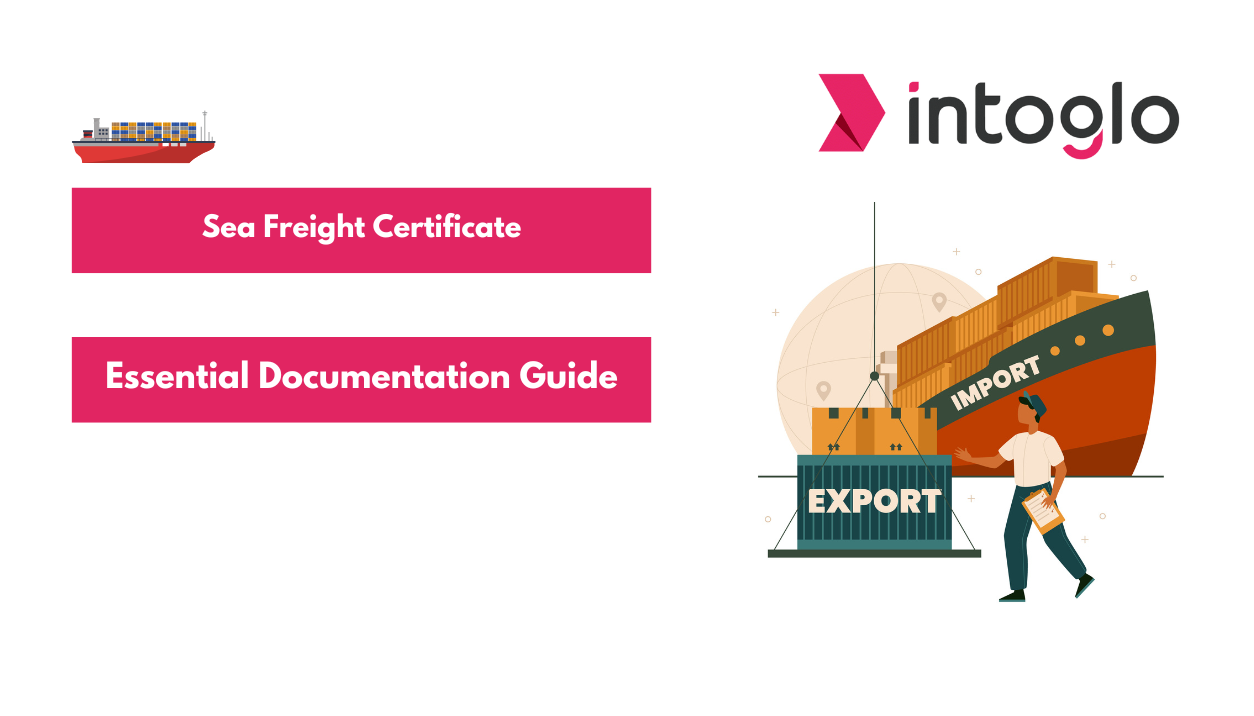
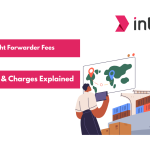
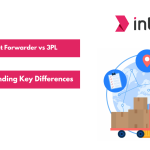
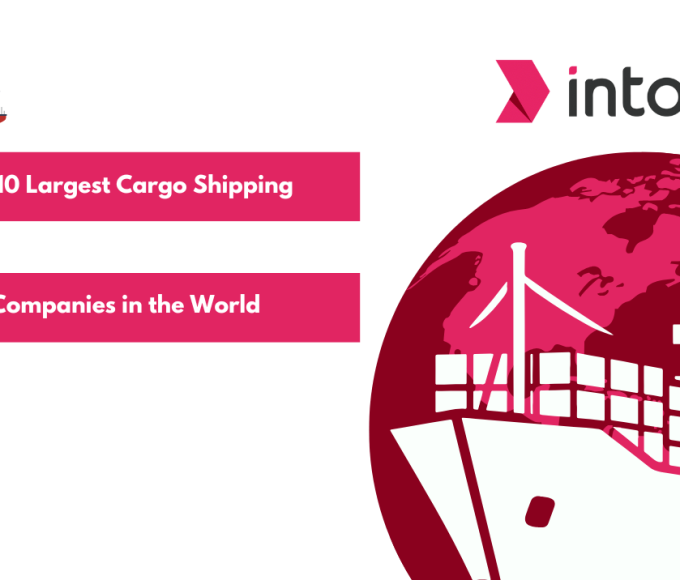
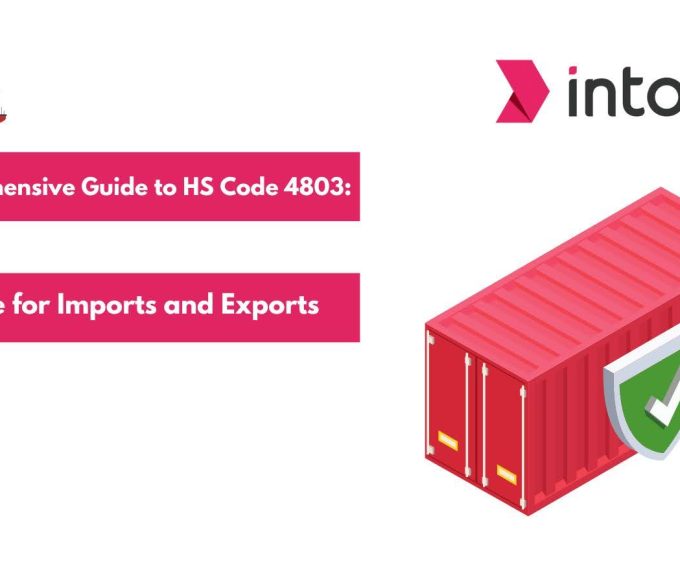
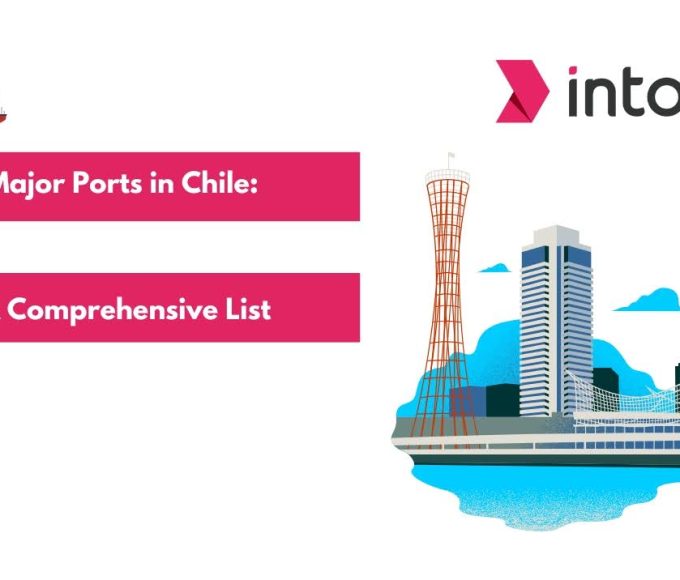
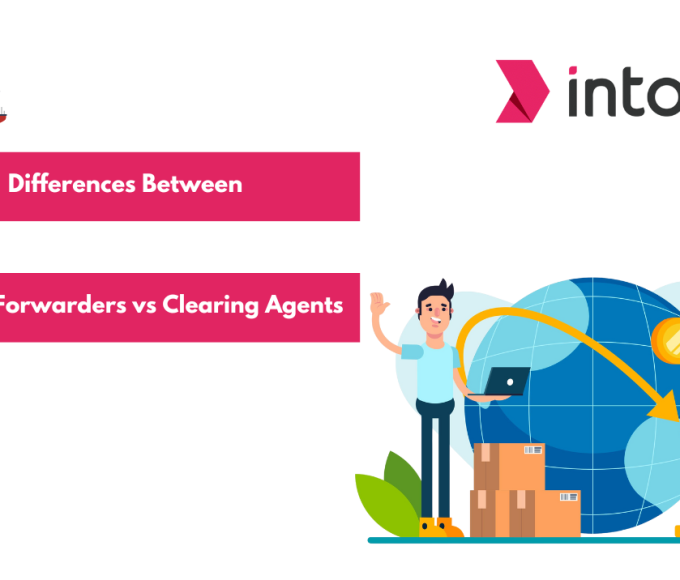
Leave a comment